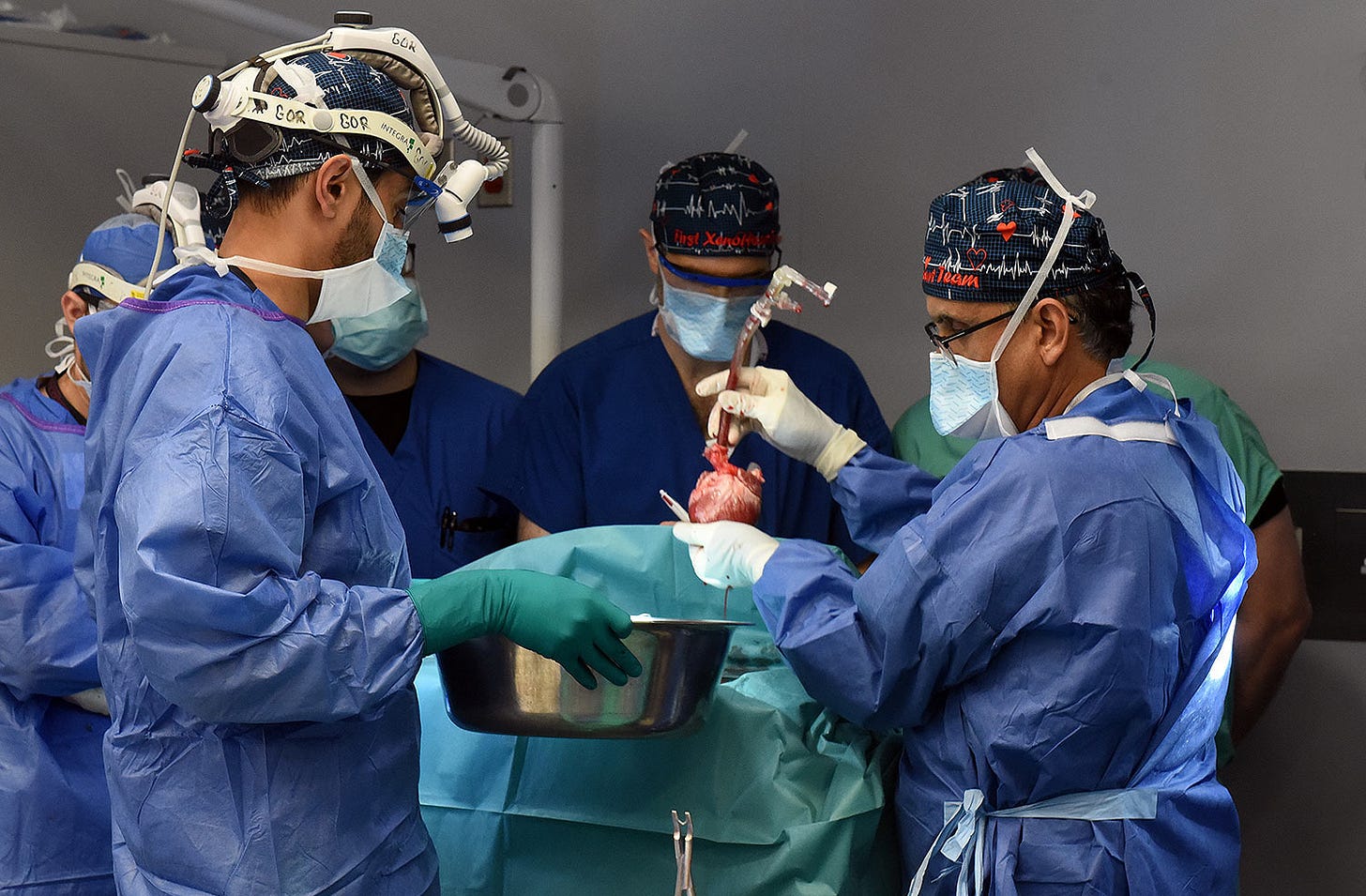Hey Lamb Chop fans,
You’ve most likely heard the news that a second person has received a pig heart transplant. Last Friday, the University of Maryland Medical Center announced they’d done the surgery again even though the first person to receive a pig heart died.
You may wonder, why would people volunteer for a genetically modified pig heart transplant when the science just isn’t there yet to ensure they will survive? Because it is a last shot at life. These two men, who have had this type of transplant, don’t qualify for the very limited supply of human hearts. Can you imagine staring down that reality?
The intention is good. The goal is to increase the hearts available for transplantation. As one of my colleagues reported nearly two years ago, this field, called xenotransplantation, has had a long and fraught history. But the goal drives teams of doctors and scientists to continue to test pig hearts in primates and people who are brain dead to learn all they can to make this technique successful.

I follow this research and all the other transplant advancements closely because it’s possible that I’ll need another heart if I want to live a long life. Though I realize I’ve most likely got a bit of time before I need to start thinking about that, I want to track the pace of science and see just how long it takes before pig hearts work as well as human hearts and hearts grown from our own cells can be grown in a dish.
Covering science news can seem incremental, it certainly does as I've been collecting news on improving transplants. One of the beauties of my profession is that as reporters, we’re here watching and waiting, and sometimes we get to witness something seemingly unscientific — miracles. At least, they’re miracles on the surface; they're human persistence and ingenuity, if you know the backstory. I’ll be here watching and waiting, hoping to report on them in the years to come.
More in two weeks.



